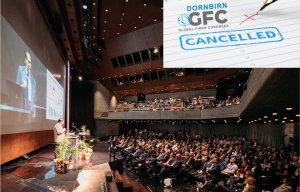
Dornbirn-GFC 2020 cancelled
Opinion


In marking its 50th anniversary in 2011, the Dornbirn Conference celebrated the contribution of the manmade fibres industry to society over the last half a century. At the 2012 event in Austria from September 19-21 – with over 100 individual presentations and record attendance of over 800 delegates – the emphasis was very much on what the industry can now contribute over the next fifty years and what major changes are on the horizon.
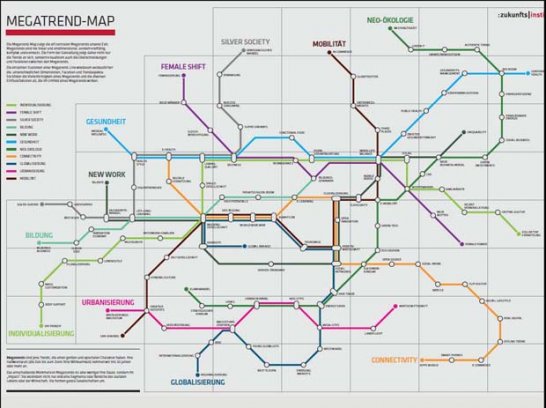
2nd October 2012
Adrian Wilson
|
Dornbirn
In marking its 50th anniversary in 2011, the Dornbirn Conference celebrated the contribution of the manmade fibres industry to society over the last half a century.
At the 2012 event in Austria from September 19-21 – with over 100 individual presentations and record attendance of over 800 delegates – the emphasis was very much on what the industry can now contribute over the next fifty years and what major changes are on the horizon.
Sarah Volk, of the Zukunftsinstiut – a business think tank based in Kelheim, Germany – for example, spoke of the changing face of transportation needs, observing that the car is losing its special emotional position with the younger generation. By 2036, she said, six billion people would be living in urban areas, and a decade earlier still, public transportation will need to have doubled to meet the needs of city dwellers. E-cars and sharing will come much more to the fore, she predicted.
Click to enlarge image
Susanne Müller, meanwhile, of the Hochschule Niederrhein in Mönchengladbach, Germany, spoke of the changing face of textiles and clothing procurement as environmental thinking comes increasingly to the fore.
We are moving, she said, into the era of ‘Sustainism’ – a term to define a cultural movement which is ethically and environmentally responsible, socially and geographically inclusive, collaborative, networked, sensitive to nature and informed enough to make the most of leaps in technological advances and both globalism and localism.
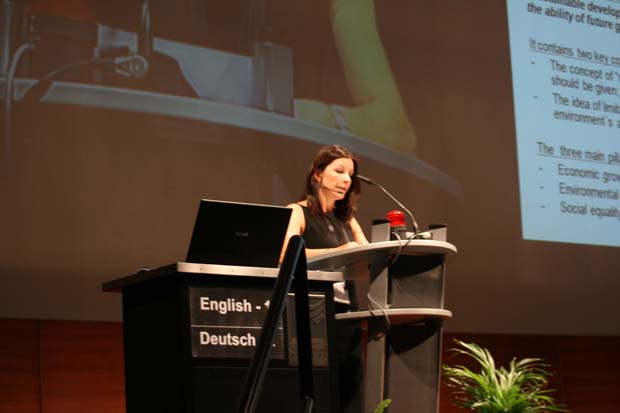
“Sharing and open sourcing will become critical,” she said, “both in respect of communication and showing respect and responsibility towards the environment.”
This observation chimed with the opening address of Friedrich Weninger, CEO of Lenzing and president of the Austrian Manmade Fibres Institute.
“The model of industrial partnerships is now one that the European manmade fibres industry has to be looking at,” he said. “The automotive industry has been the pioneer in this respect. It’s about long-term planning, spreading the risk and opening up access to all markets around the world, in addition to the flexibility it can provide, the need for smaller inventories and a just-in-time philosophy.”
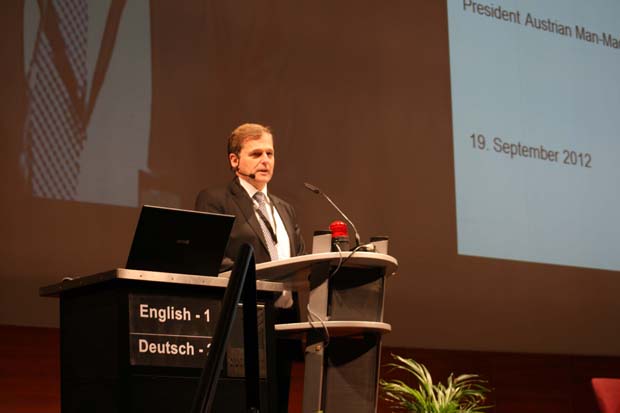
Macro economic problems, however, continue to have an impact.
“We are currently faced with tremendous problems in Europe,” Weninger said, “not least that the chasm between the banking economy and that of the real world continues to widen. Banking is still lacking transparency and is too big, despite half-hearted attempts to regulate it which have not been effective. It continues to erode trust not only with business, but with the general public too.”
Specific to the manmade fibres industry, Peter Driscoll, of UK-based PCI Consulting, made some interesting observations on how the market is likely to change in the coming years.
Global fibre production in 2012 will be 80.2 million tons, and climb by 3.8% to 83.2 million tons, he said, with manmade fibres accounting for around 67% of the total.
The notion of a cotton shortage, however, he deemed a myth.
“The spike in cotton prices in 2010 was primarily because the market panicked in response to the floods in Pakistan and Indian government measures,” he said. “But there is always eight-to-nine months of cotton in stock around the world at any one time. As a result of the price spike, however, the cotton industry lost about a million tons of sales.”
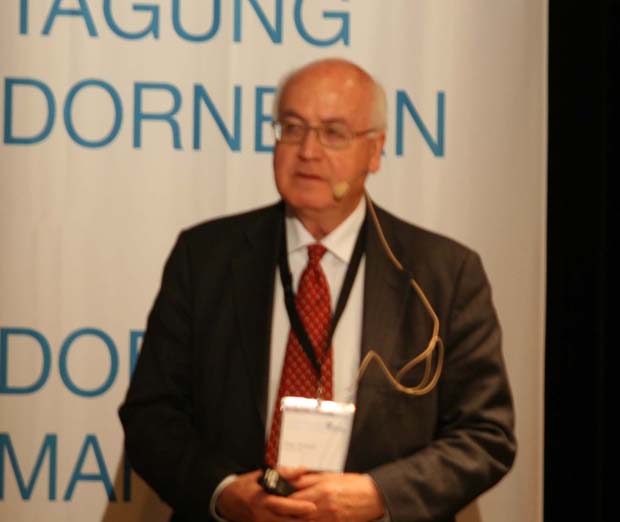
He added that between the years 2010 and 2015 the amount of recycled fibre – primarily polyester – on the market, will have risen by 400%.
“There is currently a massive effort going into recycling and over half of the polyester staple fibre in Europe is already recycled, although in China, it’s currently not so significant” he said.
In the longer term, however, the biggest gains would be for polyester filament, and specifically in spunbonded nonwoven fabrics, Driscoll predicted.
“I don’t see the gains to be made by nonwovens in roofing felt or interlinings,” he said. “I see them in the whole gamut of current textile applications. Why not?”
PCI predicts that having climbed from just over 2 million tons in 1990 to over 5 million tons in 2010, nonwovens will more than double again to reach 10.58 million tons by 2030. And while around 25% of 2010 production was polyester filament spunbond, over 45% will be made in this way by 2030.
Only time will tell.

Business intelligence for the fibre, textiles and apparel industries: technologies, innovations, markets, investments, trade policy, sourcing, strategy...
Find out more